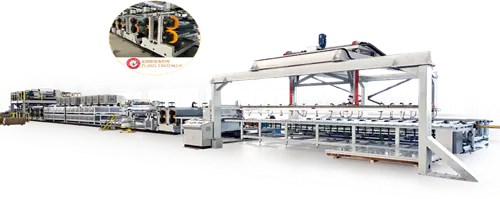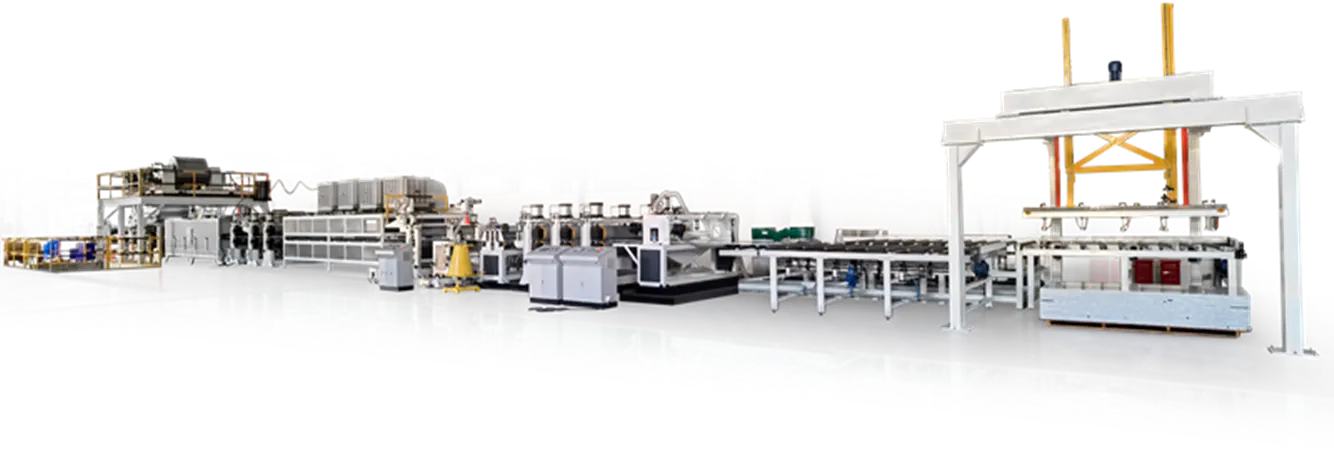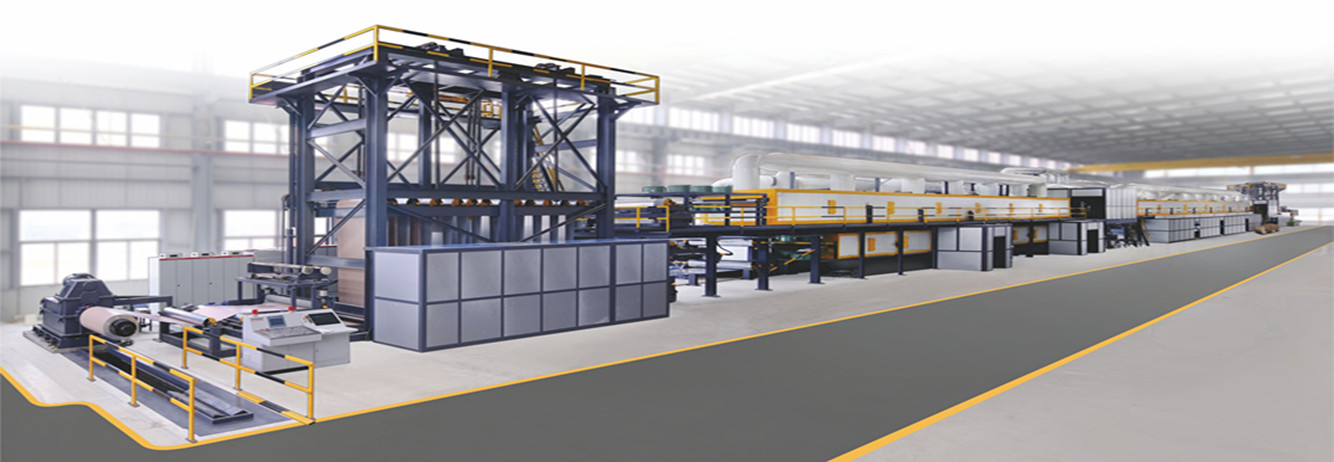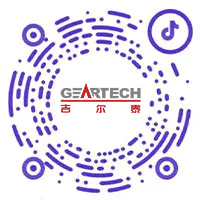Over the past decade, the manufacturing industry has seen steady progress in technologies used for metal processing, particularly in coil and sheet treatment. Among these, the Coil Coating Line has evolved significantly, becoming a central component in driving improvements in both production efficiency and environmental responsibility. This development reflects a broader trend across the sector, where innovation aligns with stricter regulations and the push toward cleaner, more efficient processes.
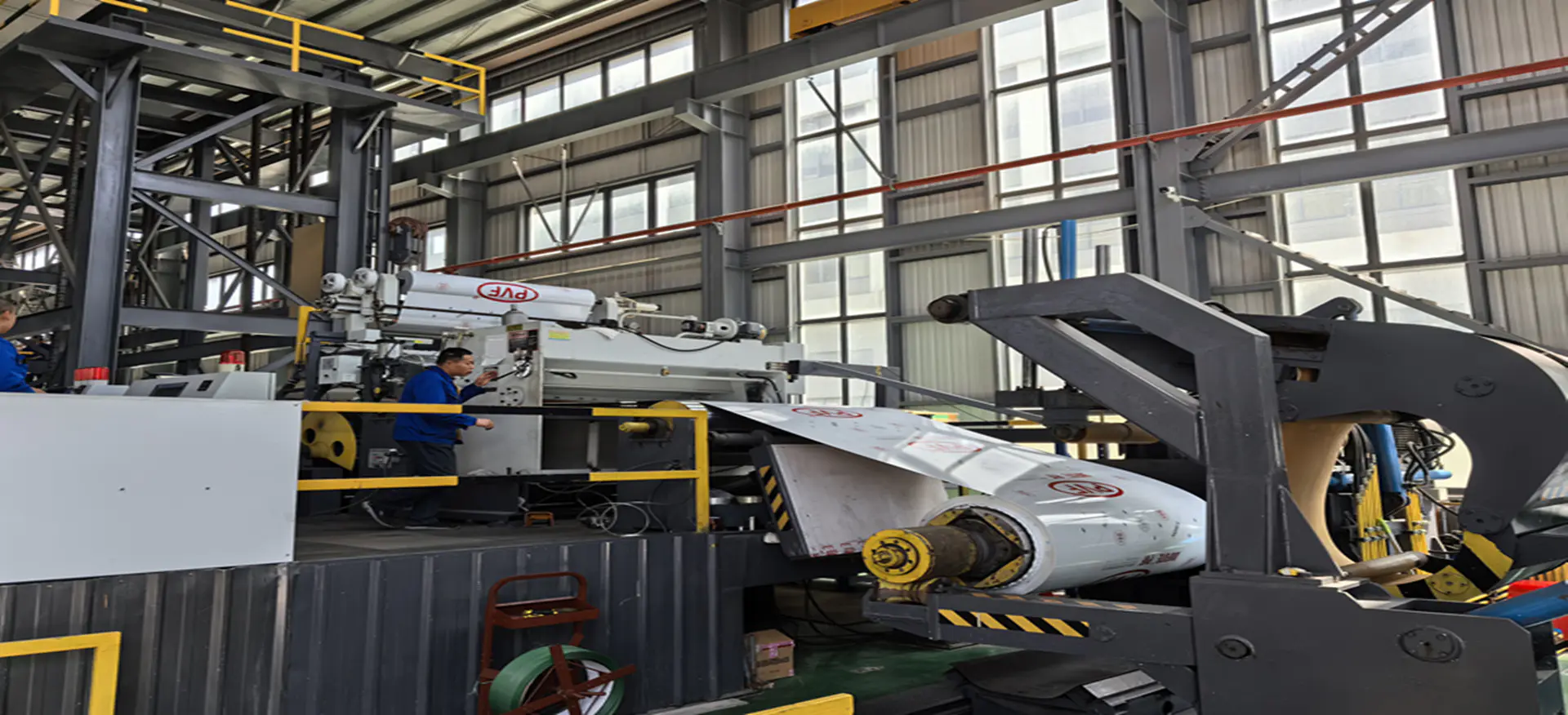
A Coil Coating Line is a continuous and automated process that applies organic coatings to metal coils. It serves industries ranging from construction and automotive to appliances and packaging. Recent innovations in this area focus on reducing energy consumption, less waste, and improving coating uniformity. These improvements directly contribute to more sustainable operations, as well as cost control over time. Advances in curing ovens, application heads, and tension leveling technologies have all played a role in reshaping the functionality of modern lines.
Alongside these changes, the metal coating line segment as a whole is also undergoing a transformation. Traditionally considered energy-intensive and material-heavy, the modern metal coating line incorporates smarter controls and modular systems that allow better use of resources. Digitalization, in particular, has been instrumental. Real-time monitoring, predictive maintenance, and adaptive control systems are now standard features in many facilities, enabling plant operators to respond more quickly to inconsistencies or changes in demand.
In many cases, the changes introduced in a new Coil Coating Line setup are designed with integration in mind. Whether it is synchronization with upstream cold rolling mills or compatibility with downstream slitting and stamping lines, this connectivity allows for seamless operation and greater responsiveness to shifts in product specifications. Moreover, new coating chemistries developed for use on the Coil Coating Line often emphasize lower volatile organic compound (VOC) emissions and reduced curing temperatures, contributing further to environmental goals.
Similarly, developments in metal coating line design have led to machines that are more compact, flexible, and easier to maintain. Enhanced strip cleaning systems, precision roll-coaters, and improved cooling zones reduce the need for excessive adjustments and improve overall productivity. As industries face growing pressure to comply with environmental standards, adopting more efficient metal coating line technologies has become not just a competitive choice, but a practical necessity.
Companies upgrading or installing a new Coil Coating Line are also paying close attention to automation. Not only does this reduce the potential for human error, but it also ensures consistent product quality across different batches. This level of repeatability is especially critical in sectors where surface aesthetics and corrosion resistance are essential. Additionally, digital tools allow for better traceability, giving manufacturers the ability to track coil properties and coating parameters from start to finish.
On the other hand, a metal coating line that incorporates energy recovery systems, low-emission burners, and efficient exhaust handling equipment can significantly lower a facility’s environmental footprint. These features also support cost-saving measures in the long term, particularly as energy prices remain unpredictable. The shift toward these kinds of installations is seen across multiple regions, influenced in part by both policy incentives and rising awareness of resource management.
As the demands placed on industrial coating processes continue to evolve, the importance of an adaptable, well-engineered Coil Coating Line is increasingly apparent. Facilities that invest in modern technology are better positioned to respond to changing regulations, customer expectations, and material trends. At the same time, enhancements in metal coating line design ensure that these benefits are not limited to one part of the production process but are felt throughout the supply chain.

 中文简体
中文简体 English
English Português
Português русский
русский Español
Español عربى
عربى




